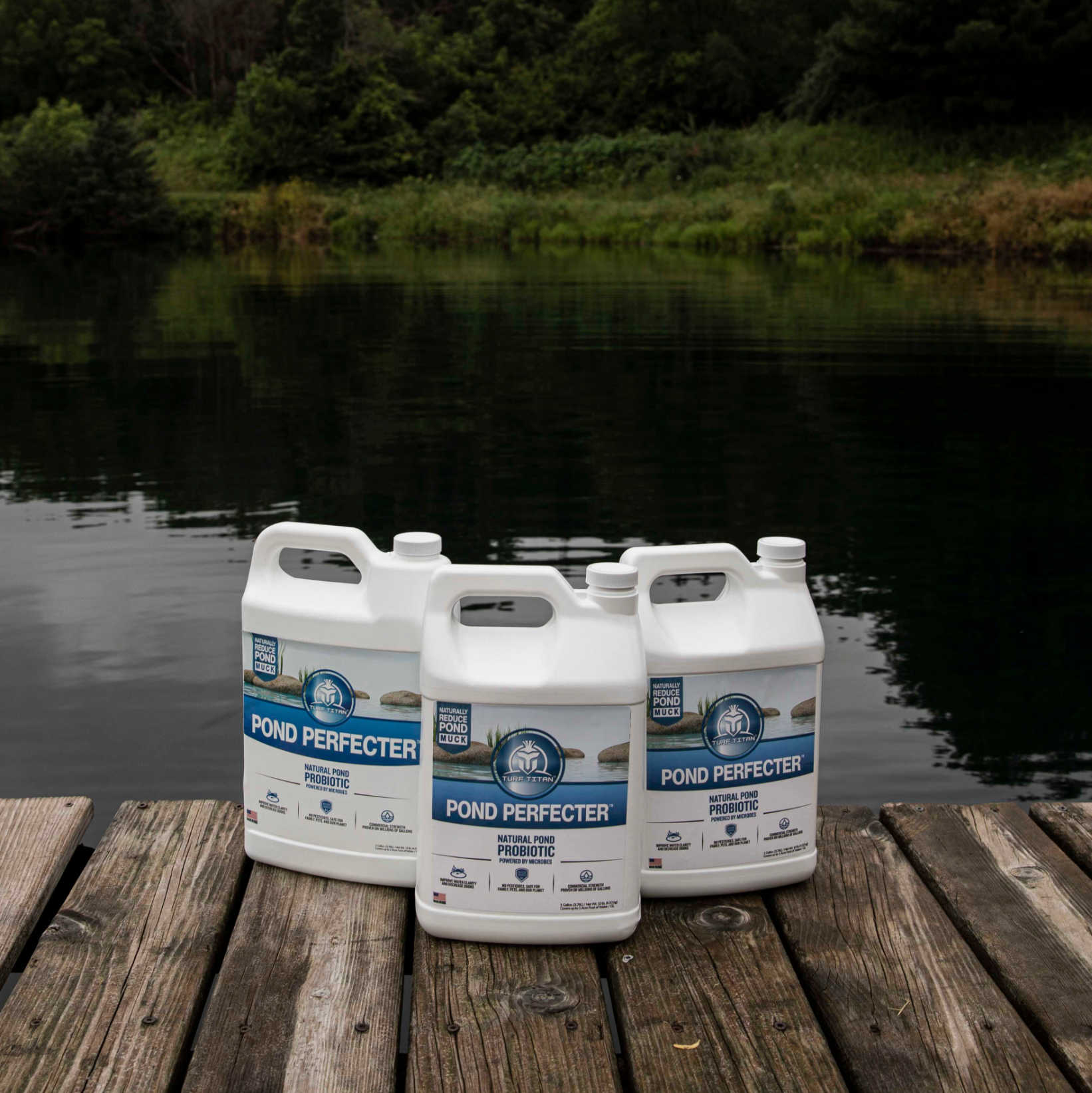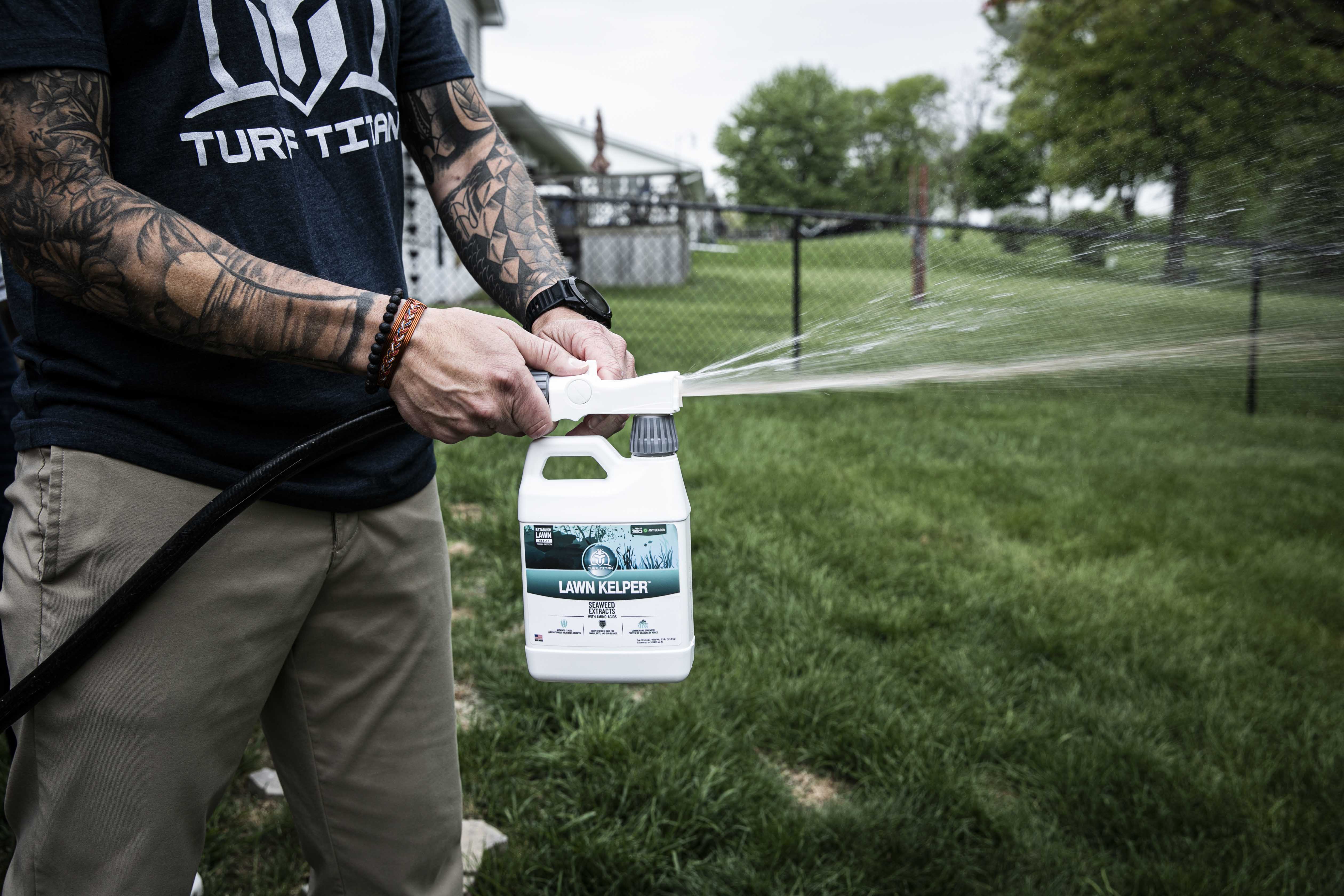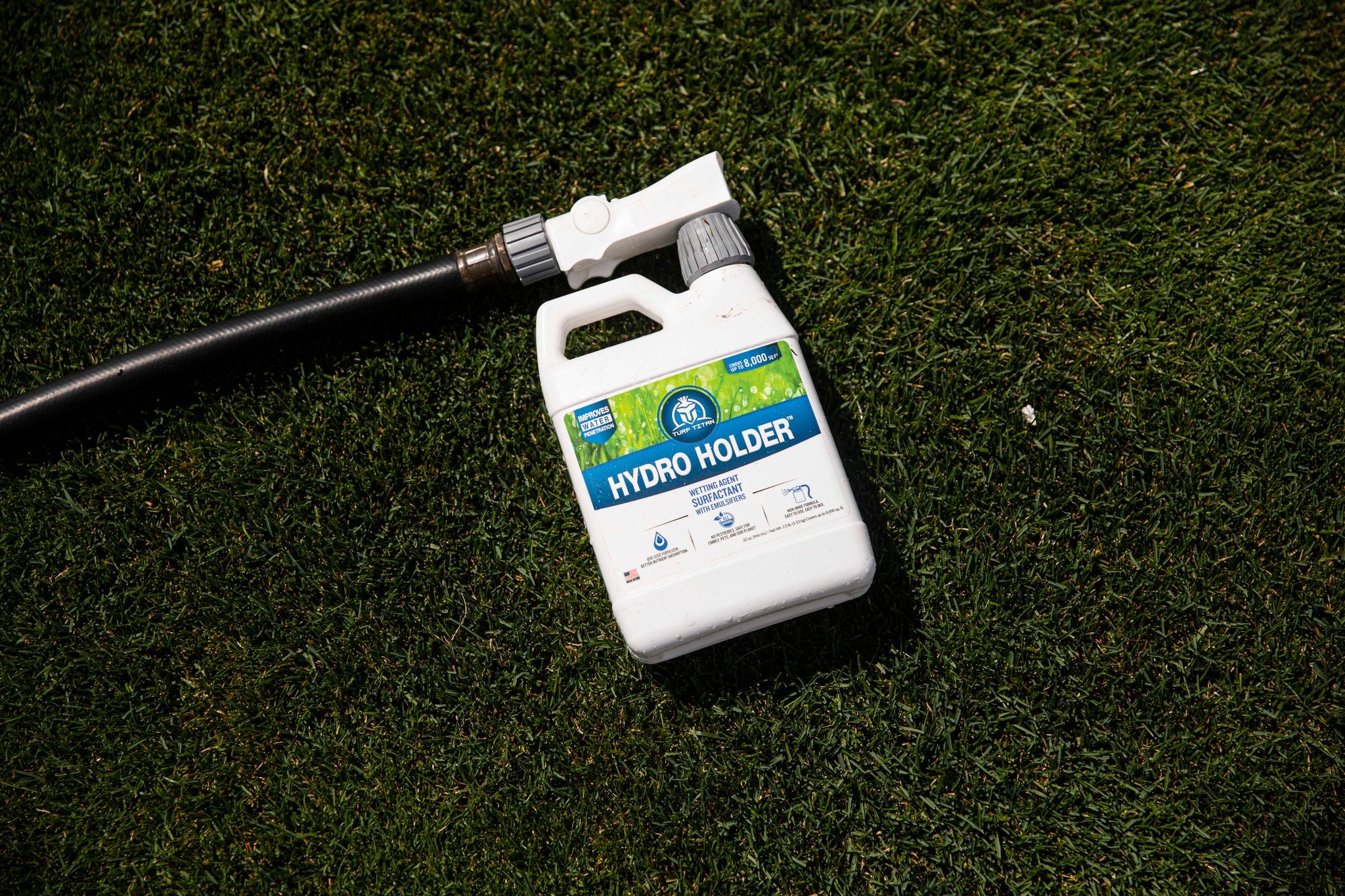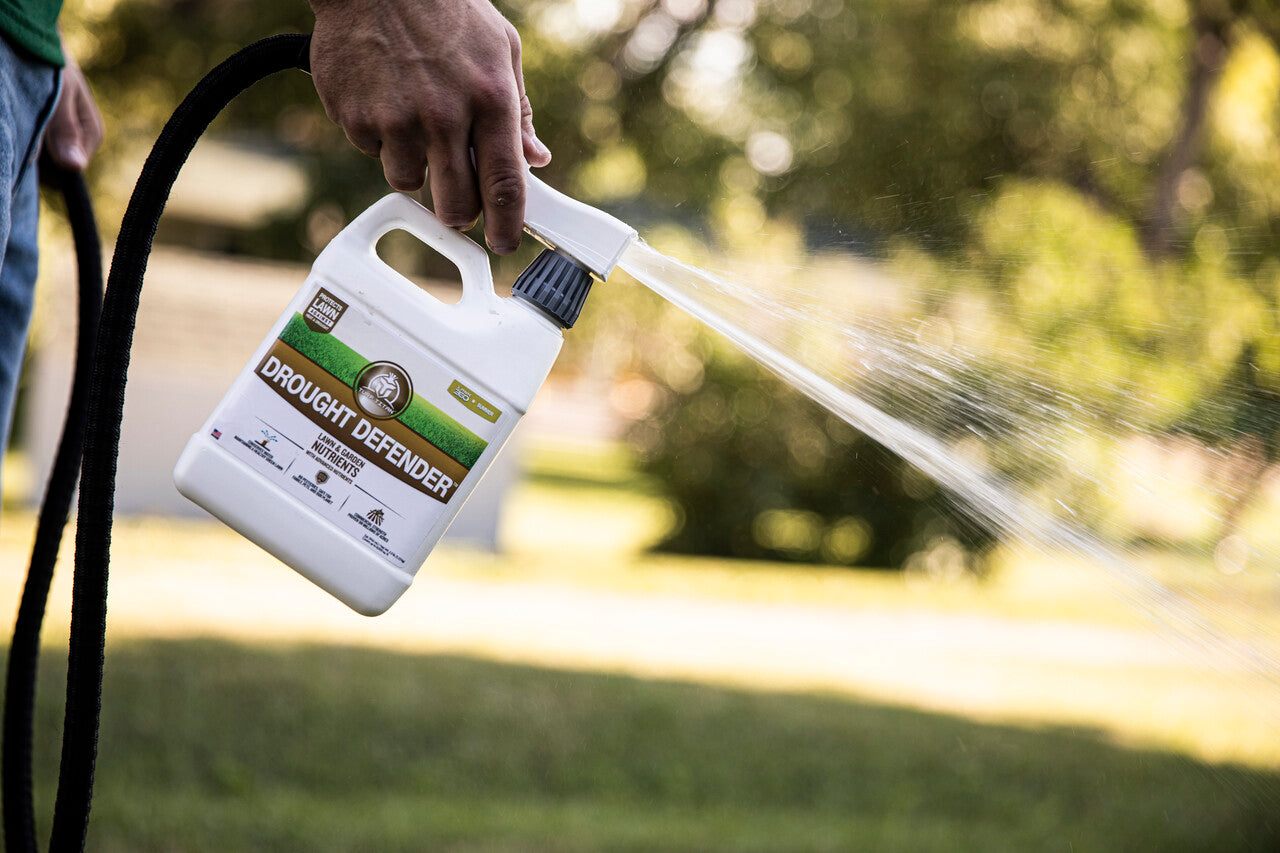Follow these tips to keep your baseball field in top shape through the demands of home-game stretches, intense conditions, and all season long.
Tailored Treatment
To keep turf green and healthy, treat it with high-quality formulas based on the results of frequent soil testing. Seasonally fertilize and protect your field with products such as Lawn Advancer and Drought Defender in the late spring/early summer to restore vital nutrients, boost growth, maximize water retention, and resist environmental stress heading into a long season of wear. For the best results, always water turf after application.
Irrigation & Drainage
Healthy turf requires a balance between irrigation and drainage. Water should reach the roots but shouldn’t pool on top. You can invest in an advanced drainage system, but simply avoiding overwatering that results in runoff is often sufficient — water turf only as needed. Turf that appears bluish-gray in the afternoon, shows signs of wilting, or holds onto footprints can all signal a lack of irrigation. When your turf needs watering, do so in the morning hours.
Proper Mowing
When it comes to turf, proper mowing involves much more than creating intricate patterns. At a basic level, turf calls for more frequent mowing (as many as 3-5 times per week) and trimmer lengths (usually between ½ inch and 1 ¾ inches) than the average lawn. You should start mowing each spring as turf begins to grow, bagging and composting those clippings early on. Make sure the mower blade is sharp and cut no more than a third of the turf’s overall height at a time. For the cleanest cut and most efficient use of water, mow turf just ahead of a heavy rain.
Regular Aeration
With the amount of foot traffic turf endures on a regular basis, soil can easily become compacted. Aeration throughout the season can prevent this problem by allowing air, water, and nutrients to penetrate to grass roots. Perform mechanical aeration 4-8 times during the season, focusing on areas that see the highest wear. Aim for 20-40 holes per square foot at 2-4 inches deep. Follow that up with Thatch Buster, which acts as liquid aeration to break down the pods from mechanical aeration and further promotes better airflow and drainage.









Leave a comment
This site is protected by hCaptcha and the hCaptcha Privacy Policy and Terms of Service apply.